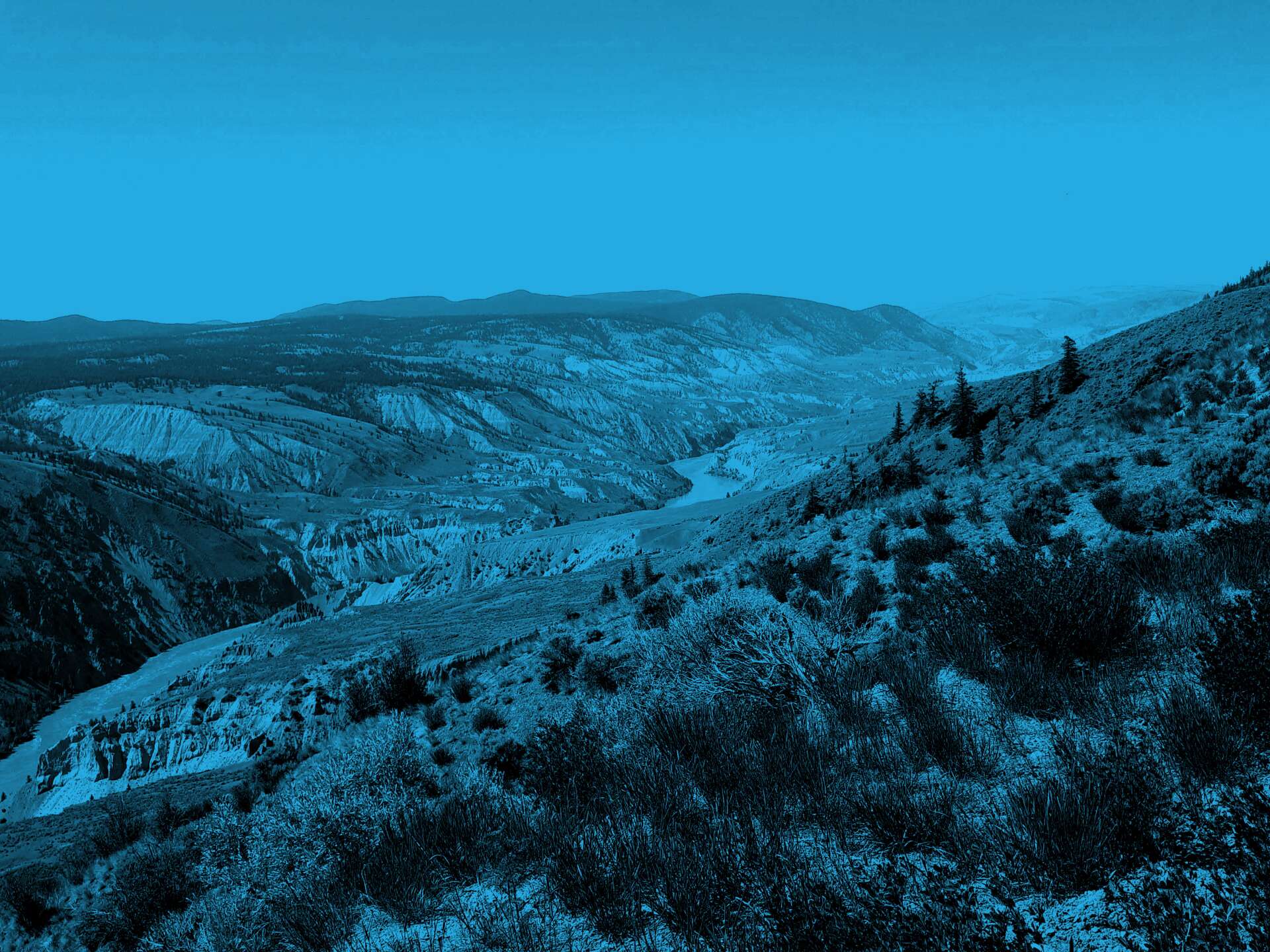The Federal Court of Appeal has quashed the federal government's Enbridge pipeline decision.
The fault the Court identified in the entire process was the federal government's consultation process that occurred after the NEB decision and the Joint Review Panel Report.
Here's what the court said:
[325] We have applied the Supreme Court’s authorities on the duty to consult to the uncontested evidence before us. We conclude that Canada offered only a brief, hurried and inadequate opportunity in Phase IV—a critical part of Canada’s consultation framework—to exchange and discuss information and to dialogue. The inadequacies—more than just a handful and more than mere imperfections—left entire subjects of central interest to the affected First Nations, sometimes subjects affecting their subsistence and well-being, entirely ignored. Many impacts of the Project—some identified in the Report of the Joint Review Panel, some not—were left undisclosed, undiscussed and unconsidered. It would have taken Canada little time and little organizational effort to engage in meaningful dialogue on these and other subjects of prime importance to Aboriginal peoples. But this did not happen.
…
[327] However, the Phase IV consultations did not sufficiently allow for dialogue, nor did they fill the gaps. In order to comply with the law, Canada’s officials needed to be empowered to dialogue on all subjects of genuine interest to affected First Nations, to exchange information freely and candidly, to provide explanations, and to complete their task to the level of reasonable fulfilment. Then recommendations, including any new proposed conditions, needed to be formulated and shared with Northern Gateway for input. And, finally, these recommendations and any necessary information needed to be placed before the Governor in Council for its consideration. In the end, it has not been demonstrated that any of these steps took place.
[328] In our view, this problem likely would have been solved if the Governor in Council granted a short extension of time to allow these steps to be pursued. But in the face of the requests of affected First Nations for more time, there was silence. As best as we can tell from the record, these requests were never conveyed to the Governor in Council, let alone considered.
[329] Based on this record, we believe that an extension of time in the neighbourhood of four months—just a fraction of the time that has passed since the Project was first proposed—might have sufficed. Consultation to a level of reasonable fulfilment might have further reduced some of the detrimental effects of the Project identified by the Joint Review Panel. And it would have furthered the constitutionally-significant goals the Supreme Court has identified behind the duty to consult—the honourable treatment of Canada’s Aboriginal peoples and Canada’s reconciliation with them.
…
[332] Overall, bearing in mind that only reasonable fulfilment of the duty to consult is required, we conclude that in Phase IV of the consultation process—including the execution of the Governor in Council’s role at the end of Phase IV—Canada fell short of the mark.
To fix the shortcomings with the federal government's post-NEB consultation process, the Court has now given the federal government the opportunity for a do-over. This obviously is going to put the new Liberal government in a bind.
Here's the Court's summary of its decision.
And here's the full decision.
Bruce McIvor, lawyer and historian, is principal of First Peoples Law Corporation. He is also an Adjunct Professor at the University of British Columbia’s Allard School of Law where he teaches the constitutional law of Aboriginal and Treaty rights. Bruce is a proud Métis from the Red River in Manitoba. He holds a Ph.D. in Aboriginal and environmental history and is a Fulbright Scholar. A member of the bar in British Columbia and Ontario, Bruce is recognized nationally and internationally as a leading practitioner of Aboriginal law in Canada.
Follow Bruce on LinkedIn and Twitter
For more First Peoples Law analysis, visit our blog
Sign up for our Aboriginal Law Report
